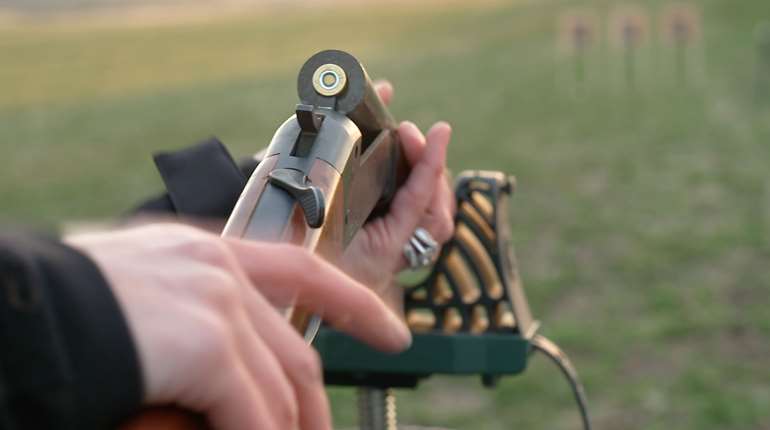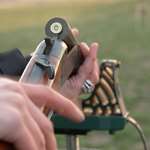On the surface, half an inch seems negligible. But the reality is that in many instances it can mean a world of difference: shoes; wedding dresses; horse races and more.
So maybe half an inch isn’t so small after all.
When it comes to shotshell length and turkey loads, how much does a half inch really matter? The answer is, of course, “it depends.” And most of it will depend on you, the hunter who will be pressing the trigger on that 12-gauge turkey gun loaded with either 3" or 3½" shells. How well you can handle the recoil will likely be the determining factor.
The longer shell, of course, has a larger hull capacity that packs more powder and pellets than its shorter siblings. Higher pellet count means more pellet density, and the greater chances that those pellets will hit your target—the head/neck area of the tom. You're likely going to have dead turkeys with either length, but do you need the added assist? That's why turkey patterning with your particular setup is so important.

If you decide the recoil of the larger shells are not an issue for you, just how much of a difference do those extra pellets make? It’s best to actually see it in person. To show us, Melissa Bachman has taken to the range to pattern turkey targets, loading her Winchester SX4 shotgun with Winchester’s Long Beard XR #5 shot in both 3" and 3½" shells. While you’ll see that both shells performed perfectly adequately for taking a bird at distances up to an impressive 60 yards, those extra pellets in the longer shells provided a little more reassurance.
Keep in mind that if you choose the larger shotshell, your shotgun must be chambered to accept the 3½" loads. While you can usually use 2¾" and 3" shells in a gun chambered for 3½", you cannot reverse the process and insert larger shells in one designed for the smaller loads—even if they fit. The gun might not be able to withstand those higher pressures, creating an unsafe condition.
Whether you are a veteran of chasing these most wiley of birds or if you are new to the hunting community and are taking to the turkey woods this spring in hopes of taking your first gobbler, watch this video to help you determine your best chance for success.















































